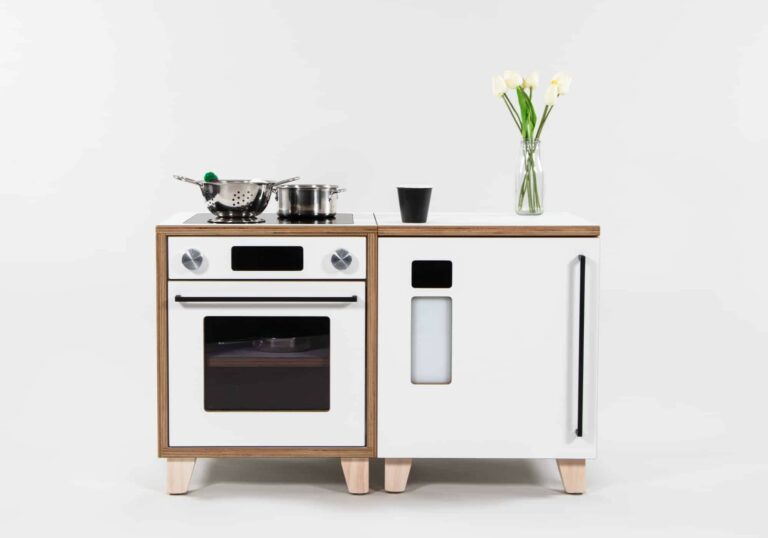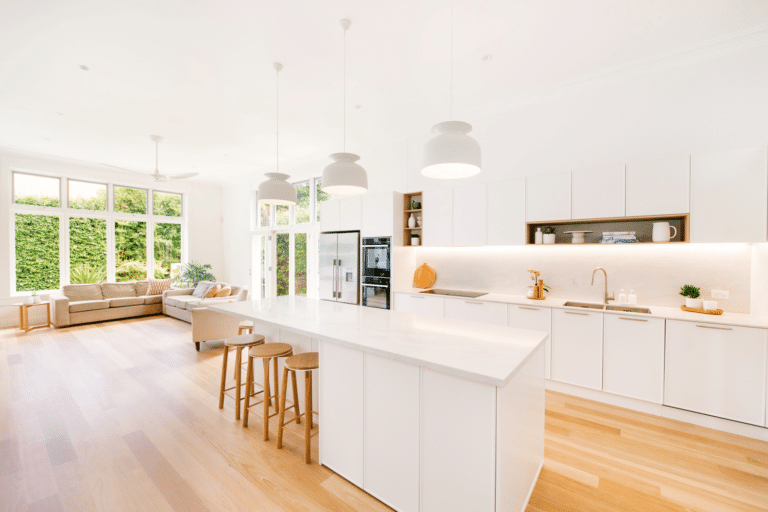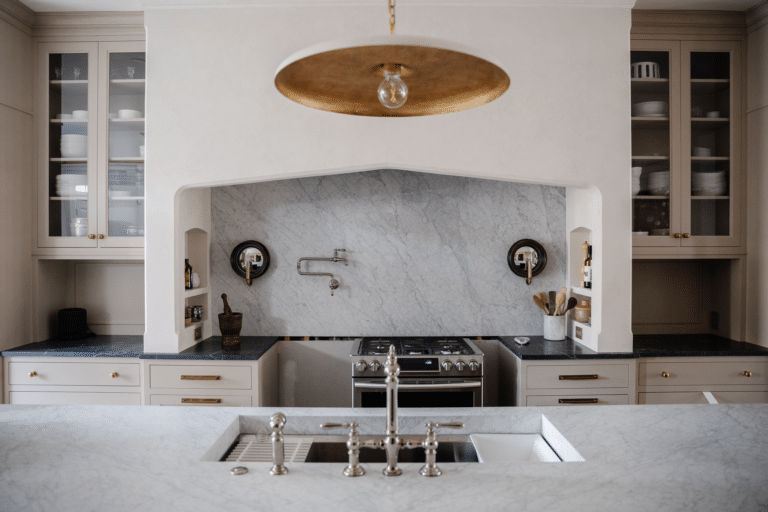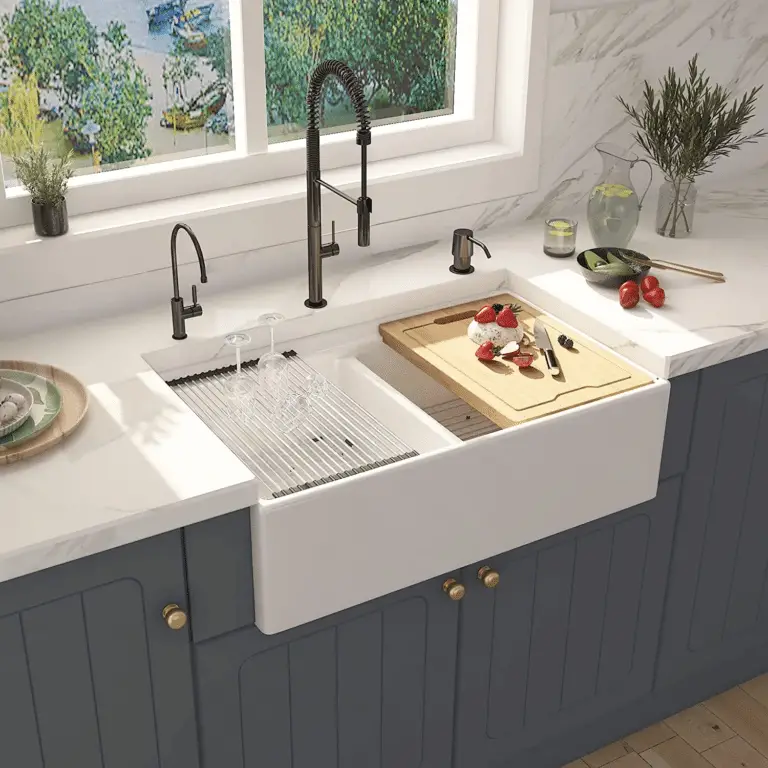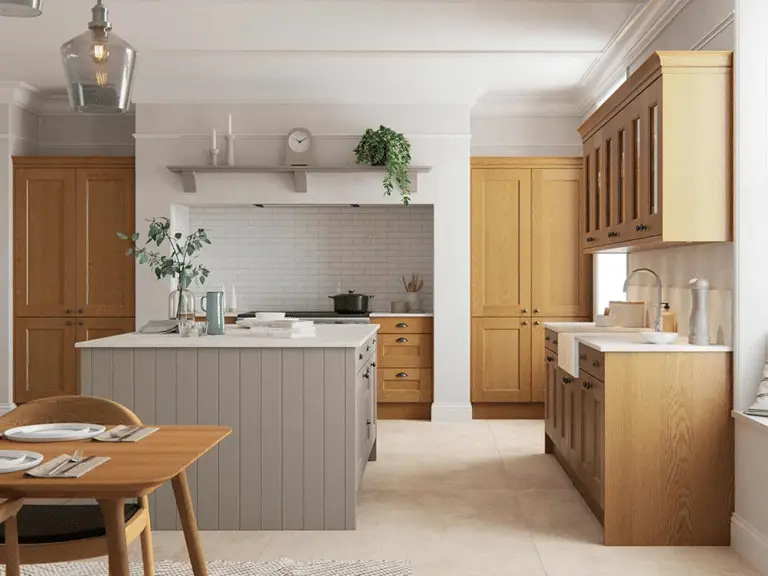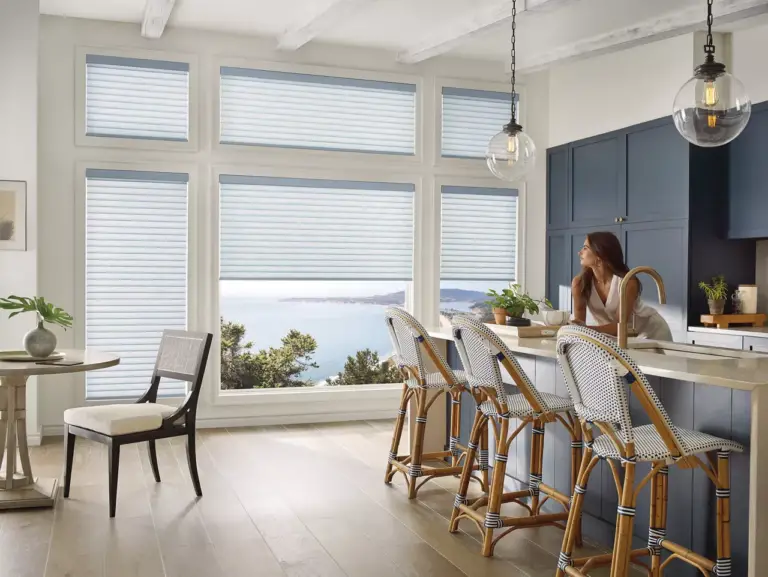Are you looking to add some charm and character to your kitchen with shiplap? In our latest blog post, we will guide you through the basics of using shiplap in kitchens, from installation tips to regular cleaning and maintenance advice.
Discover how shiplap can enhance both the aesthetics and functionality of your kitchen while ensuring a durable and resilient finish. Stay tuned for practical tips on troubleshooting common issues and keeping your kitchen shiplap looking its best!

Understanding the Basics of Shiplap in Kitchens
When it comes to kitchen design, shiplap has become a popular choice for homeowners looking to add a touch of rustic charm to their space. But beyond its trendy appearance, shiplap also offers practical benefits that make it a great option for kitchen walls.
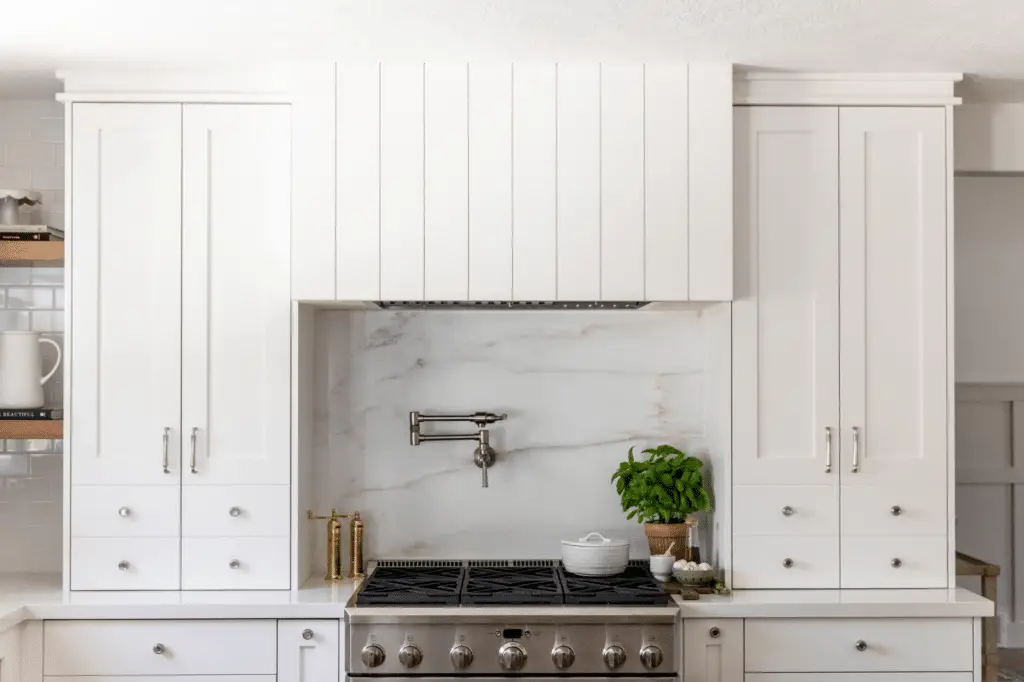
One of the key advantages of using shiplap in the kitchen is its durability. Made from overlapping wooden boards, shiplap provides a sturdy and long-lasting surface that can withstand the wear and tear of daily cooking activities. This makes it an ideal choice for high-traffic areas like the kitchen, where spills and splatters are a common occurrence.
The Aesthetics of Shiplap in the Kitchen
Aside from its durability, shiplap also adds a touch of charm and character to the kitchen. The clean lines and subtle texture of shiplap can help create a cozy and inviting atmosphere, making the kitchen a more welcoming space for family and friends to gather.
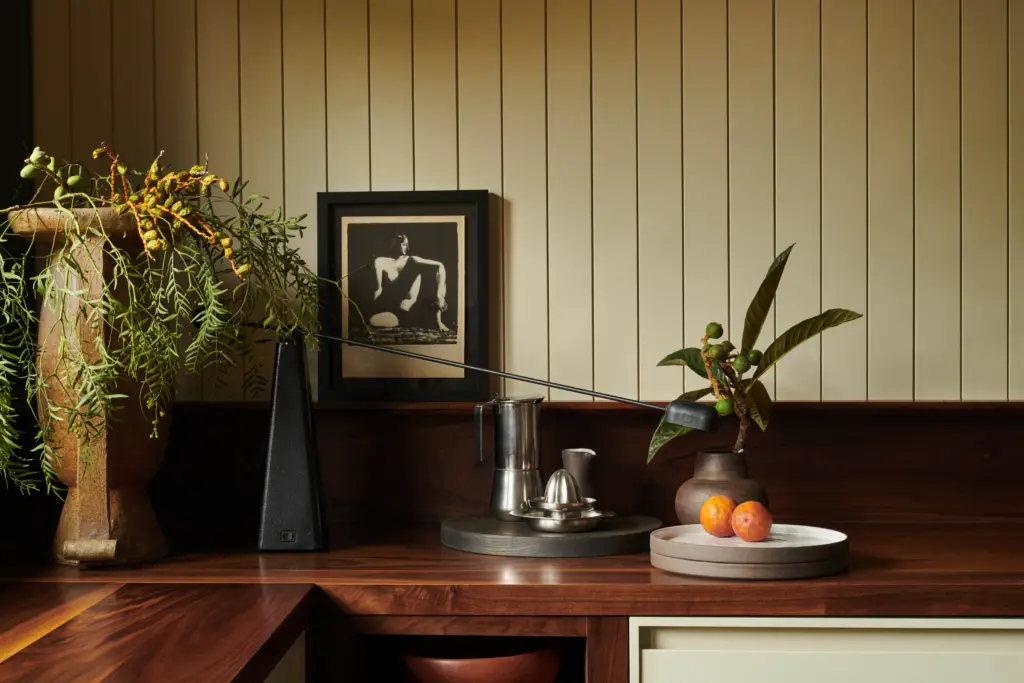
Whether you choose to paint or stain your shiplap, the versatility of this material allows you to customize the look of your kitchen to suit your personal style. From bright and airy to warm and rustic, shiplap can complement a variety of design themes and color schemes, making it a versatile choice for kitchen walls.
Overall, understanding the basics of shiplap in kitchens can help you make informed decisions when it comes to incorporating this trendy material into your home. With its blend of practicality and aesthetics, shiplap is sure to add both style and functionality to your kitchen space.
Installation Tips for Shiplap in the Kitchen

So, you’ve decided to add a touch of charm to your kitchen with shiplap. Great choice! But before you grab your tools and start hammering away, let’s go over some installation tips to ensure your shiplap stays as beautiful as the day you put it up.
1. Prepare Your Surface
One of the most crucial steps in installing shiplap is preparing the surface where it will be applied. Make sure the walls are clean, dry, and free of any debris. This will help the shiplap adhere better and prevent any issues down the line.
2. Use the Right Tools and Materials
Invest in quality tools and materials for the installation process. A nail gun or adhesive can make the job easier and more efficient. Additionally, choose shiplap boards that are suitable for kitchen use, as they may need to withstand more moisture and heat compared to other areas of the home.
3. Allow for Expansion Gaps
Wood naturally expands and contracts with changes in temperature and humidity. To prevent buckling or warping, leave small gaps between each row of shiplap to allow for this movement. This will help maintain the integrity of the installation over time.
4. Seal the Shiplap
Before putting up your shiplap, consider sealing the boards with a protective finish. This can help prevent water damage and stains, especially in a high-moisture environment like the kitchen. Be sure to follow the manufacturer’s instructions for the best results.
5. Take Your Time
While it may be tempting to rush through the installation process, take your time to ensure each board is properly aligned and securely fastened. Precision and patience will result in a more professional-looking finish that you can enjoy for years to come.
By following these installation tips, you can create a beautiful and durable shiplap accent in your kitchen that will stand the test of time. So, roll up your sleeves, put on your tool belt, and get ready to transform your kitchen with the timeless appeal of shiplap.
Regular Cleaning Tips for Kitchen Shiplap
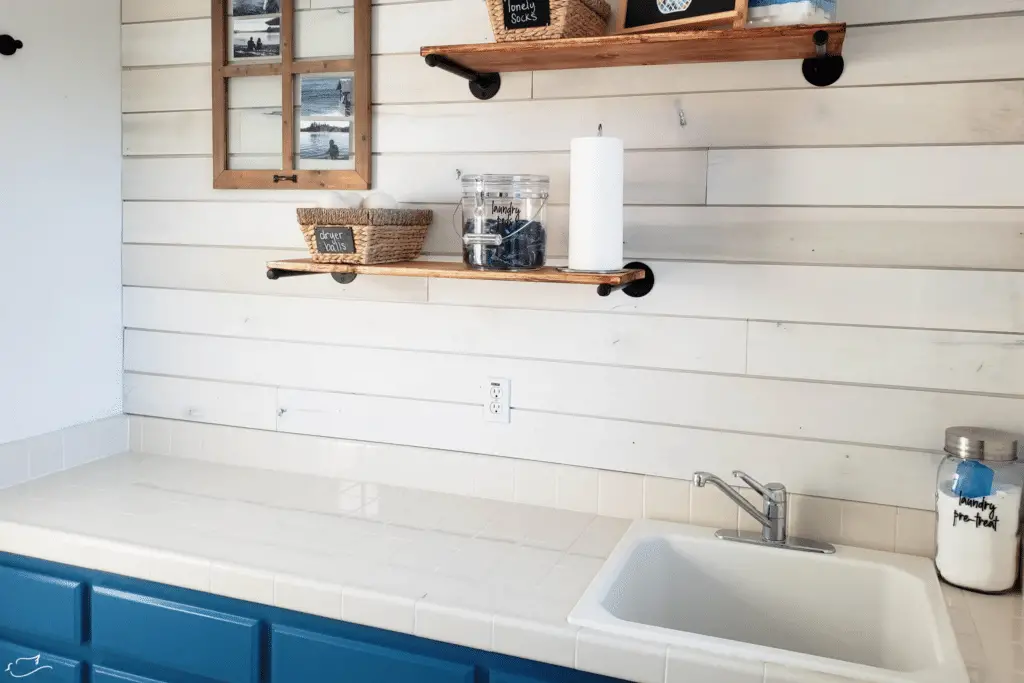
Maintaining the cleanliness of your kitchen shiplap is essential to preserving its pristine condition and preventing any potential issues down the line. Regular cleaning not only keeps your shiplap looking fresh but also helps in prolonging its lifespan. In this section, we will discuss the importance of regular cleaning for kitchen shiplap and provide you with effective cleaning methods and materials that are safe for shiplap surfaces.
Importance of Regular Cleaning
Just like any other surface in your kitchen, shiplap requires regular cleaning to keep it free from dirt, grease, and grime. The build-up of these elements not only affects the appearance of your shiplap but can also lead to damage over time. By establishing a consistent cleaning routine, you can prevent the accumulation of debris and maintain the integrity of your kitchen shiplap.
Effective Cleaning Methods and Materials
When it comes to cleaning kitchen shiplap, it’s important to use gentle methods and materials to avoid causing any harm to the surface. Harsh chemicals and abrasive tools can scratch or strip the finish of your shiplap, so it’s best to opt for milder alternatives. A simple solution of warm water and mild dish soap is often sufficient for regular cleaning. Dampen a soft cloth or sponge with the soapy water and gently wipe down the shiplap panels, being careful not to saturate the wood.
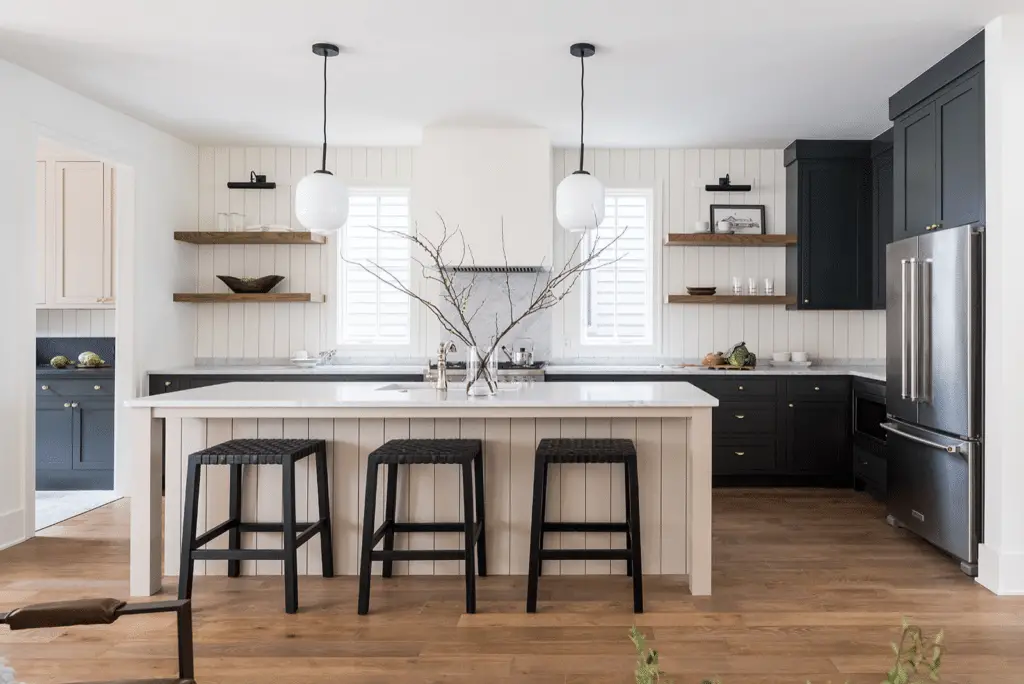
For tougher stains or stubborn grime, you can create a paste using baking soda and water and apply it to the affected areas. Allow the paste to sit for a few minutes before scrubbing gently with a soft-bristled brush. Once the stain has been lifted, wipe the area clean with a damp cloth and dry thoroughly to prevent any moisture damage.
In addition to regular cleaning, it’s also important to avoid excess moisture on your shiplap surfaces. Be mindful of spills and splashes in the kitchen and promptly dry any wet areas to prevent water damage. It’s recommended to avoid using steam cleaners or excessive water when cleaning shiplap, as these methods can cause the wood to swell or warp.
By incorporating these regular cleaning tips into your maintenance routine, you can ensure that your kitchen shiplap remains in top condition for years to come. Remember, a little care and attention go a long way in preserving the beauty and longevity of your shiplap surfaces.
Periodic Maintenance Requirements for Kitchen Shiplap
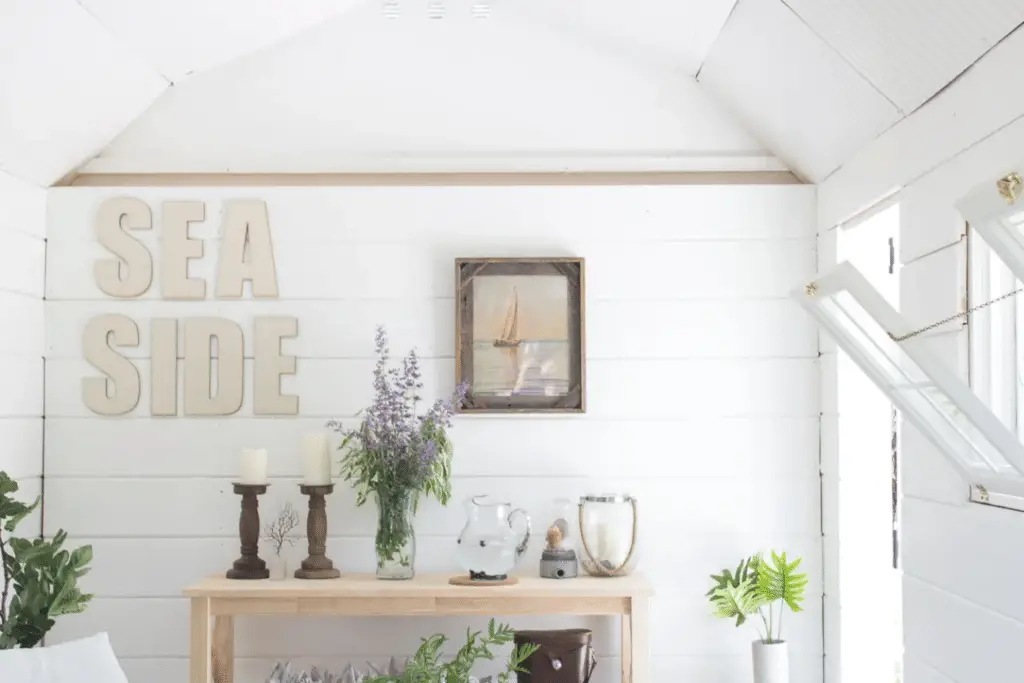
While regular cleaning is crucial for preserving the appearance of shiplap in your kitchen, periodic maintenance is equally important to ensure its longevity and durability. In this section, we will delve into the essential maintenance requirements for your kitchen shiplap, including advice on when to perform maintenance actions and how to identify signs of wear or damage.
1. Schedule periodic check-ups
Just like any other material in your kitchen, shiplap requires occasional check-ups to assess its condition and address any issues before they escalate. Set a schedule to inspect your shiplap at least every six months to look out for signs of wear, water damage, or discoloration. By staying proactive with maintenance, you can prevent small problems from turning into costly repairs in the future.
2. Perform necessary maintenance actions
Depending on the wear and tear your shiplap has endured, you may need to take maintenance actions such as repainting or resealing to keep it looking fresh and protected. If you notice any chips, cracks, or peeling paint, address these issues promptly to maintain the integrity of your shiplap surfaces. Regular touch-ups can extend the lifespan of your kitchen shiplap and prevent more extensive damage.
3. Recognize signs of wear or damage
Being able to identify early warning signs of wear or damage is crucial for preserving the quality of your kitchen shiplap. Look out for any areas where the paint is chipping or peeling, as this can expose the wood underneath to moisture and lead to rotting. Warping or discoloration may indicate water damage, which should be addressed promptly to prevent further deterioration. By addressing these issues early, you can prolong the life of your shiplap and maintain its aesthetic appeal.
By incorporating these periodic maintenance requirements into your routine, you can ensure that your kitchen shiplap remains in top condition for years to come. Remember that proactive maintenance is key to preserving the beauty and functionality of your shiplap surfaces, so don’t overlook the importance of regular check-ups and timely repairs.
Troubleshooting Common Issues with Kitchen Shiplap
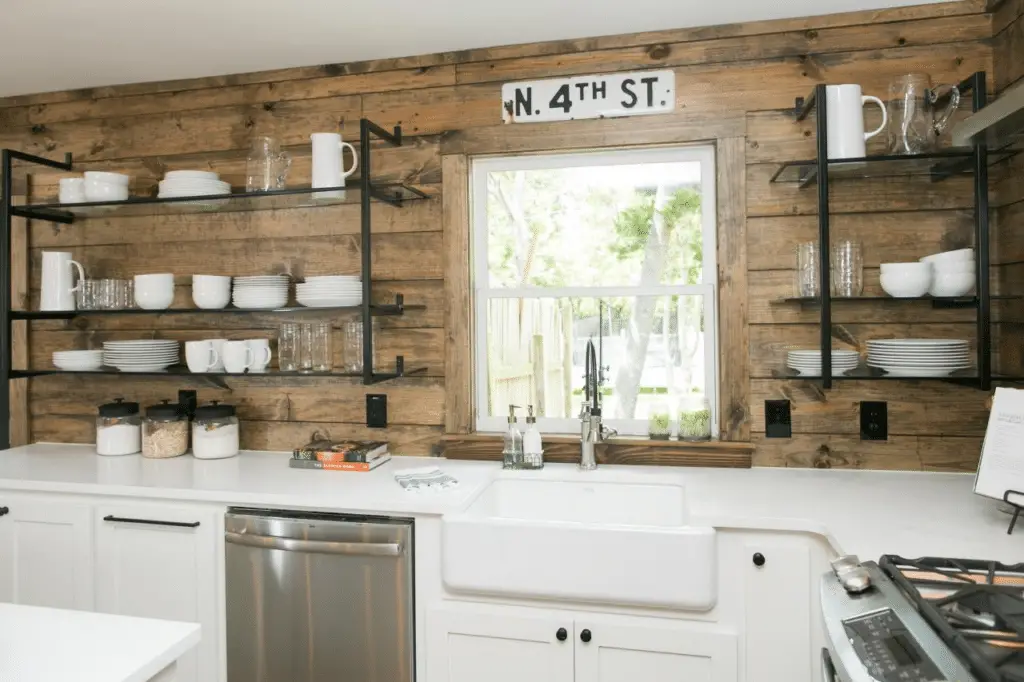
So, you’ve installed beautiful shiplap in your kitchen, and everything was looking perfect at first. But now, you’re noticing some issues starting to pop up. Don’t worry! It’s not uncommon to encounter some common problems with kitchen shiplap over time. Let’s dive into some troubleshooting tips to help you address these issues and keep your shiplap looking fresh and pristine.
Dealing with Warping
One of the most prevalent issues you may face with kitchen shiplap is warping. This can happen due to changes in humidity levels in the kitchen. To tackle this problem, start by identifying the source of the excess moisture. Once you’ve addressed the root cause, allow the shiplap to dry out evenly. You can also try adding a dehumidifier to maintain optimal humidity levels in the kitchen.
Addressing Cracking and Peeling
If you start to notice cracks or peeling on your kitchen shiplap, it’s essential to act quickly. Small cracks can be filled with wood filler and sanded down to maintain a seamless appearance. For peeling paint or finish, you’ll need to strip off the old layers, sand the surface, and reapply a fresh coat of paint or sealant. It’s crucial to address these issues promptly to prevent further damage.
Knowing When to Seek Professional Help
While many minor issues with kitchen shiplap can be tackled with some DIY know-how, there are times when it’s best to call in the professionals. If you’re facing significant warping, extensive cracking, or structural damage to your shiplap, it’s time to reach out to experts in shiplap maintenance. Professionals can assess the extent of the damage and recommend the best course of action to restore your kitchen shiplap to its former glory.

Remember, regular maintenance and prompt attention to common issues are key to preserving the beauty and longevity of your kitchen shiplap. By staying proactive and addressing problems as they arise, you can enjoy your stunning shiplap kitchen for years to come.
Wrapping Up: Keeping Your Shiplap Shipshape in the Kitchen!
Congratulations on learning the ins and outs of shiplap in kitchens! Remember, proper installation, regular cleaning, periodic maintenance, and swift troubleshooting are key to keeping your shiplap looking shipshape. So, don’t be afraid to get your hands dirty and give your kitchen the love and care it deserves!



